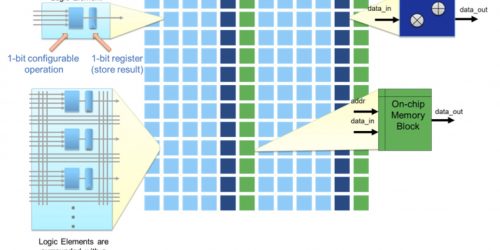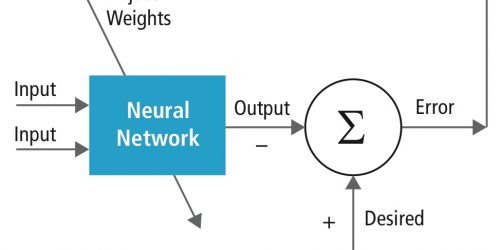Vision Processing Opportunities in Virtual Reality
VR (virtual reality) systems are beginning to incorporate practical computer vision techniques, dramatically improving the user experience as well as reducing system cost. This article provides an overview of embedded vision opportunities in virtual reality systems, such as environmental mapping, gesture interface, and eye tracking, along with implementation details. It also introduces an industry alliance […]
Vision Processing Opportunities in Virtual Reality Read More +




